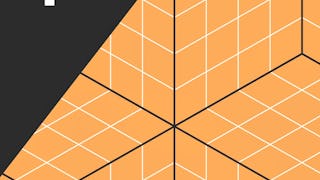Updated in May 2025.
This course now features Coursera Coach! A smarter way to learn with interactive, real-time conversations that help you test your knowledge, challenge assumptions, and deepen your understanding as you progress through the course. This course introduces you to quantum computing, focusing on IBM's Qiskit framework. You'll start with the basics of quantum mechanics, install and test Qiskit 0.23.0, and then explore qubits, learning how they differ from classical bits. Finally, you'll implement quantum gates like the Pauli X, Y, and Z gates. As you progress, the course offers detailed guidance on setting up your environment with Anaconda and Qiskit, ensuring you can follow along with practical demonstrations. You'll learn how to create and manipulate qubits, explore vector and matrix quantum states, and apply your knowledge through real-world examples on IBM's quantum computers. The hands-on exercises are designed to reinforce your learning, giving you the confidence to build and test quantum circuits on your own. By the end of the course, you'll have a comprehensive understanding of quantum gates, circuits, and algorithms, including the DJ algorithm and quantum key distribution. You will also be introduced to more advanced topics like quantum teleportation and multi-qubit states, providing you with a strong foundation for further exploration in the quantum computing field. This course is ideal for beginners with a basic understanding of Python programming. No prior knowledge of quantum mechanics or quantum computing is required, making it accessible to anyone interested in starting their journey in this cutting-edge field.


















